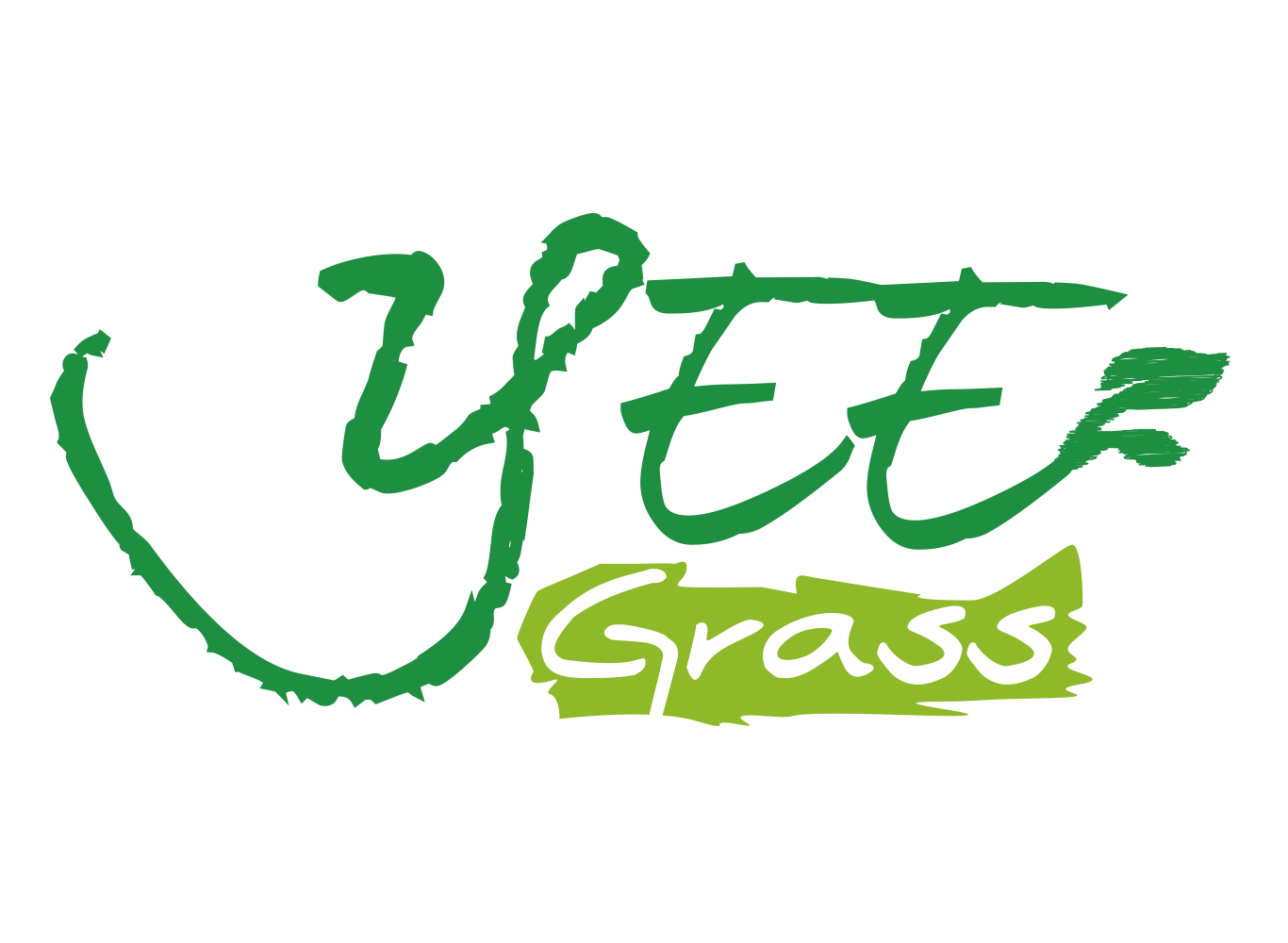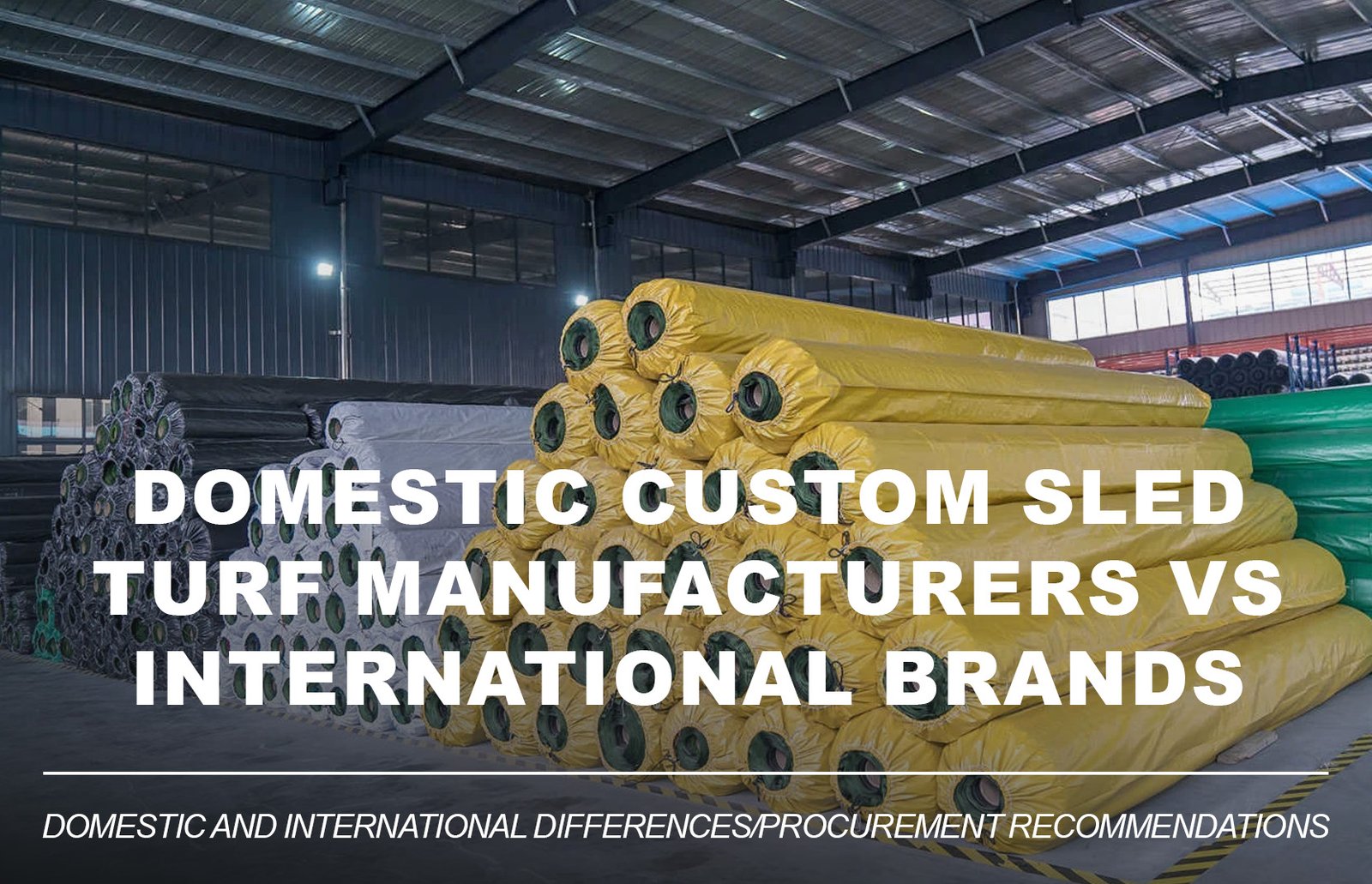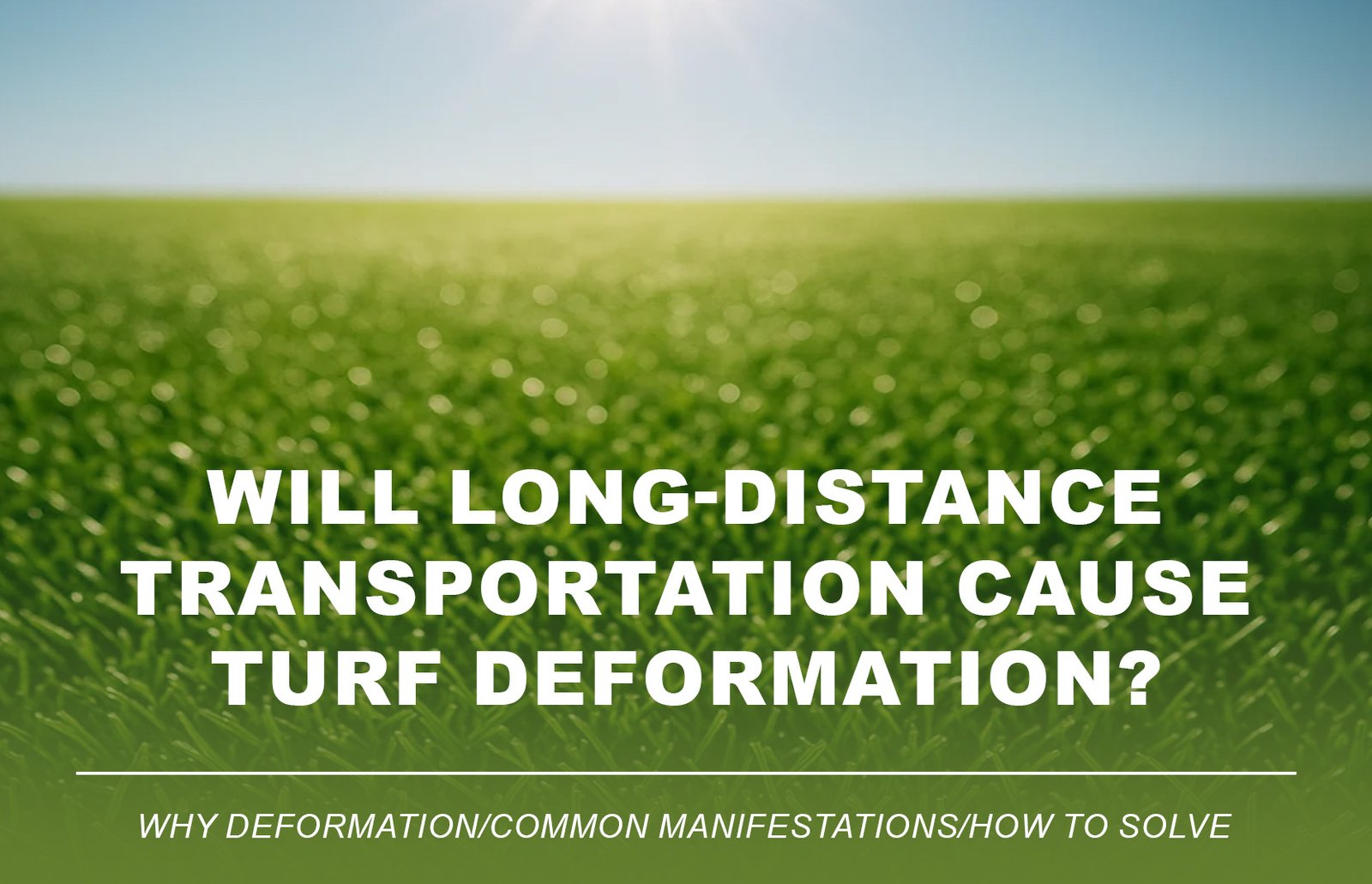
1.Why Artificial Grass Quality Matters
Artificial turf is more than decoration—it’s a long-term investment. Whether you’re landscaping a residential yard, setting up a commercial space, or building a sports field, the quality of your grass directly impacts durability, aesthetics, and maintenance. Poor turf can fade, flatten, or break within a year or two, leading to frustration and added costs.
This guide helps you avoid those issues by showing you how to distinguish high-quality turf from low-grade products.
2. Turf Fiber Material: PE vs. PP
The turf fiber is the core of artificial grass, directly influencing touch, appearance, and durability.
- PE (Polyethylene): Soft, natural-looking, UV-resistant — ideal for residential lawns and playgrounds
- PP (Polypropylene): Low-cost — suitable for decorative or low-traffic areas
Which is better?
Overall, PE is considered superior due to its softness and realistic look. Here’s a comparison:
(1)Polyethylene (PE)
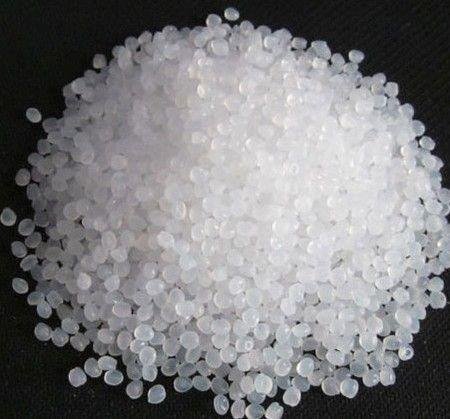
✅ Pros:
- Soft and comfortable — barefoot-friendly
- Natural appearance — realistic color and texture
- Durable — good UV resistance and long lifespan
- Widely used — perfect for lawns, playgrounds, pet areas, and sports fields
❌ Cons:
- Slightly more expensive than PP
- Softer structure — not ideal for high-wear industrial uses
(2) Polypropylene (PP)
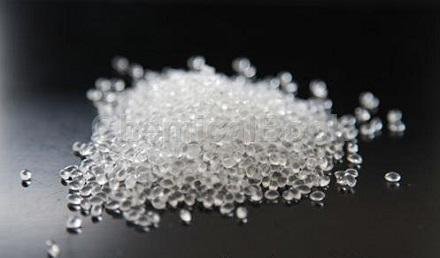
✅ Pros:
- Budget-friendly — suitable for temporary or decorative use
- Firmer fibers — hold shape better
- Lightweight and easy to manufacture
❌ Cons:
- Stiff and rough — not suitable for barefoot use
- Weaker UV stability — fades and wears out quickly outdoors
- Not recommended for high-traffic or long-term use
3.Summary recommendation:
| Application | Recommended Material |
| Residential Landscaping | PE |
| Kids’ Play Areas | PE |
| Outdoor Sports Fields | PE or PE+PP Blends |
| Temporary Installations | PP |
| Industrial/Decorative Grass | PP |




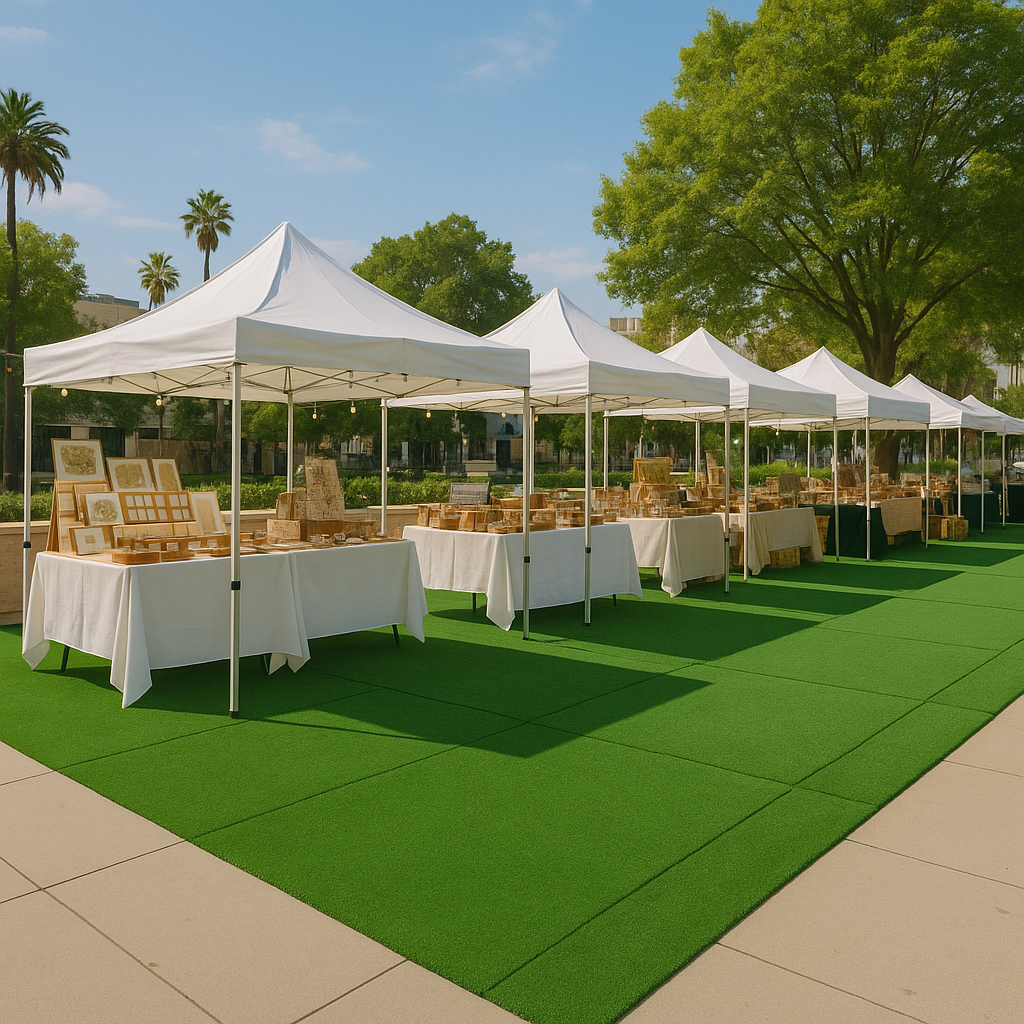

👉 Tip: Rub the fiber with your fingers—high-quality turf feels soft and flexible, while low-quality turf feels stiff and plasticky.
4.Turf Density & Dtex Value
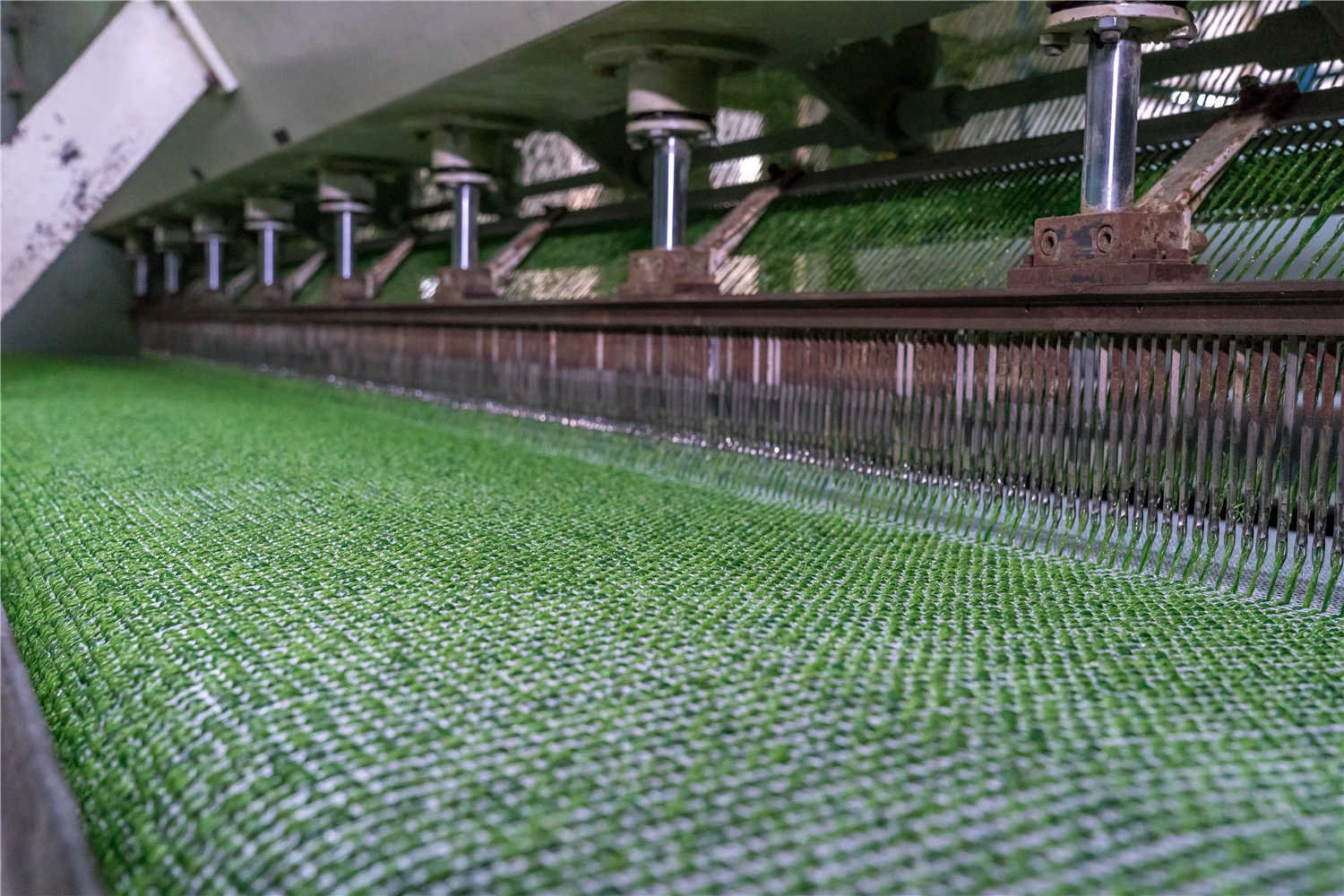
- Higher density (e.g., 16,000–20,000 stitches/m²) = fuller, springier turf
- Dtex measures fiber thickness and strength — the higher, the more durable
What is Dtex?
It’s a technical term indicating the weight per 10,000 meters of yarn—higher Dtex means thicker, stronger fibers.
5.Pile Height & Fiber Shape
Choose pile height based on the application:
| Application | Recommended Pile Height |
| Rooftops / Gyms | 10–18 mm |
| Home Gardens / Lawns | 25–35 mm |
| Commercial Landscaping | 20–30 mm |



Fiber shape affects elasticity and resilience:
- C/W/U-shape blades: Upright, resilient under foot traffic
- Flat blades: Tend to flatten over time
For high-traffic or commercial use, consider shape and pile height together.
6.Backing & Adhesive Quality
The backing structure supports turf durability.
- Primary backing: Usually PP with a mesh layer
- Coating: SBR latex or PU (PU is more durable and uniform)
How to check:
Try pulling on the fibers. On premium turf, they won’t come out easily. On cheap turf, strands shed with minimal force.
7.UV Resistance & Weather Durability
Inferior turf fades or cracks after 1–2 years of sun exposure.
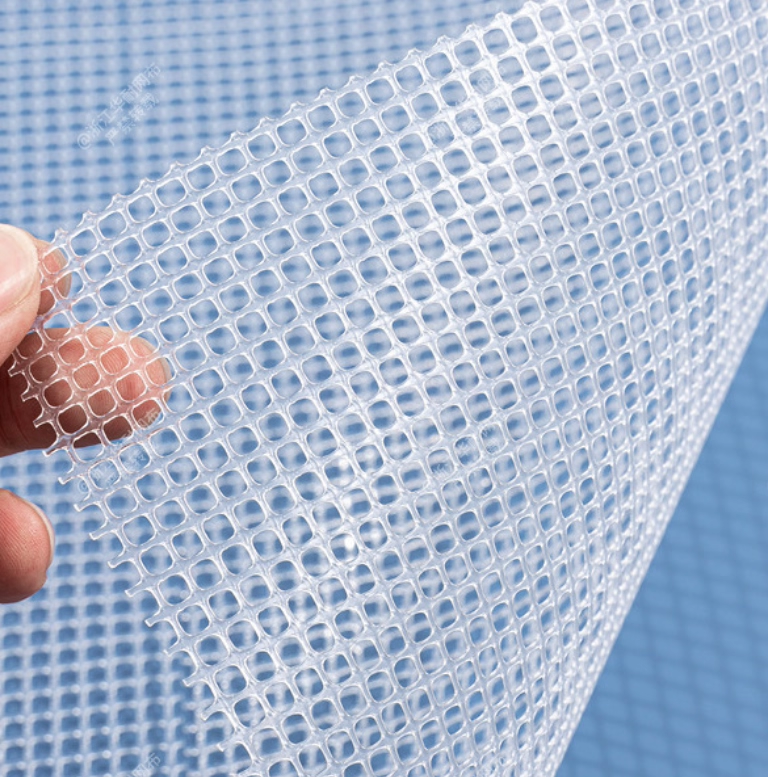

- Premium turf includes UV stabilizers for long-lasting color
- Look for “UV Resistant” labeling on product specs
Does artificial grass fade?
Yes—if it lacks UV protection.
8.Environmental & Safety Certifications

Always check for:
- Lead-free, non-toxic, and heavy-metal safe
- Certified by EU RoHS, REACH, or SGS third-party labs
- Pet- and child-friendly grass for safe play
Cheap turf may emit harsh odors or contain unsafe chemicals.
9.Packaging & Manufacturer Reliability
A trustworthy supplier should offer:
- Clear labeling and full product specs
- Sample books or swatches
- 5–10 year product warranty
- Factory test reports or third-party lab results
This reflects professionalism and commitment to quality.
10.Quick Field Tests to Judge Turf Quality
Use these easy on-site methods:
- Burn test: Nylon smells like burning hair; PE/PP smells like plastic
- Pull test: Gently pull fibers—more shedding = poor glue
- Foot test: Step and check recovery — slow bounce-back is a red flag
- Sun test: Leave in direct sunlight for days to check for fading




These are simple but powerful techniques for evaluating quality.
11.Final Checklist & Buying Advice
When evaluating artificial grass, look for:
- ✅ PE or PP turf fibers
- ✅ High density and high Dtex
- ✅ Strong dual-layer backing with even glue application
- ✅ UV protection and weather resistance
- ✅ Verified safety and environmental certifications


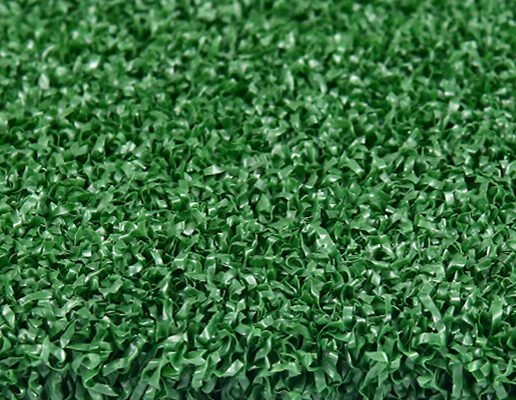
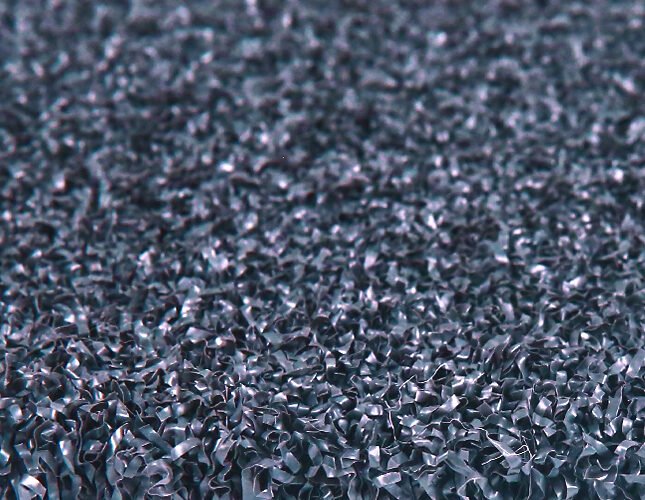
💡 Reminder: Cheaper turf may cost you more in the long run due to maintenance and replacement. Don’t just compare price—compare value.
12.Still Not Sure What to Choose?
After learning how to identify premium artificial grass, you’ll feel more confident choosing the right product for your project—whether it’s for a lawn, gym, or commercial event space.
Need help?
Contact us to get free samples and tailored product recommendations. We offer factory-direct supply, professional support, and expert guidance to simplify your buying process.
